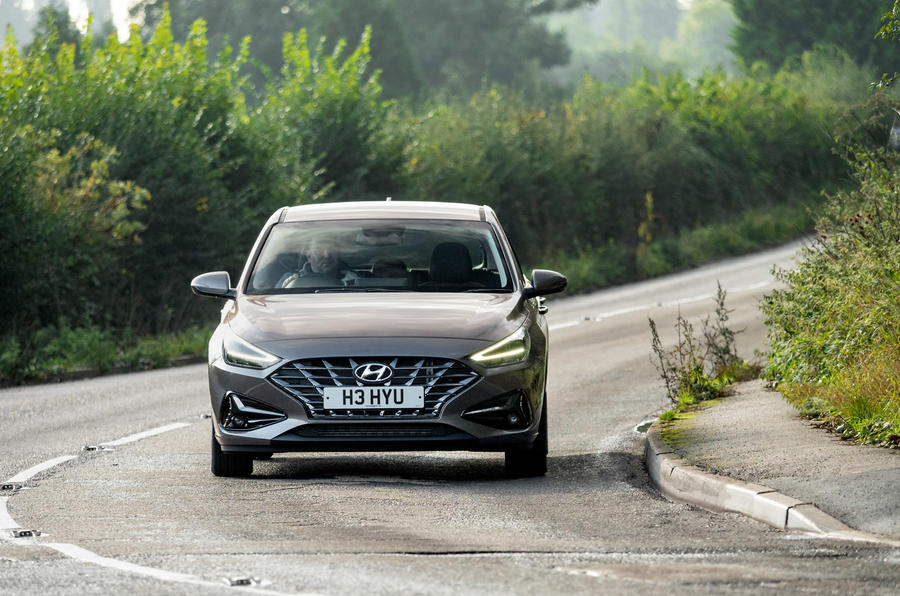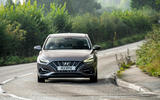What is it?
Although a competent and fuss-free device, the Hyundai i30 has always lacked the driving zest and design elan of the best family hatchbacks, so Hyundai is pinning its hopes for this mid-life refresh, which runs to some visual nip-and-tuck, a range of hybridised engines and a whole host of technology upgrades.
At the heart of the changes are the revised and electrically enhanced engines, a pair of petrols and a diesel. Making up the bulk of sales will be the same turbocharged 1.0-litre triple already seen in the smaller Hyundai Hyundai i20, although here it delivers 118bhp. There’s also a new 158bhp 1.5-litre, which is available exclusively in the coupé-styled Hyundai i30 Fastback.
Both are fitted with 48V starter-generator technology and are available with Hyundai's six-speed Intelligent Manual Gearbox. This smart transmission does away with traditional hydraulic actuation in favour of a drive-by-wire electromechanical set-up that allows the computers to decouple engine and gearbox for some fuel-saving coasting on a closed throttle.
Externally, there's a reprofiled nose with new LED headlights and daytime running signatures that have more than a hint of Seat Seat Leon about them. The tail-lights have also been given the LED treatment, while a new rear bumper looks sharper and is claimed to have improved aerodynamic properties.
Inside, the i30 is much the same as before. There are some new air vents, while the instrument cluster now features a TFT screen that’s flanked by traditional analogue dials for the rev counter and fuel gauge. There’s also a new, slick-looking 12.3in infotainment touchscreen on top of the dashboard, offering Apple CarPlay, Android Auto and numerous connected services, for which Hyundai throws in a five-year subscription.
Hyundai has also updated and extended the scope of its Smart Sense safety kit for the i30, adding acronyms in the form of Lane Following Assist, Rear Collision-Avoidance Assist and Leading Vehicle Departure Alert, which chimes an alarm when the car ahead moves off and you remain stationary for more than a few seconds.









































Add your comment